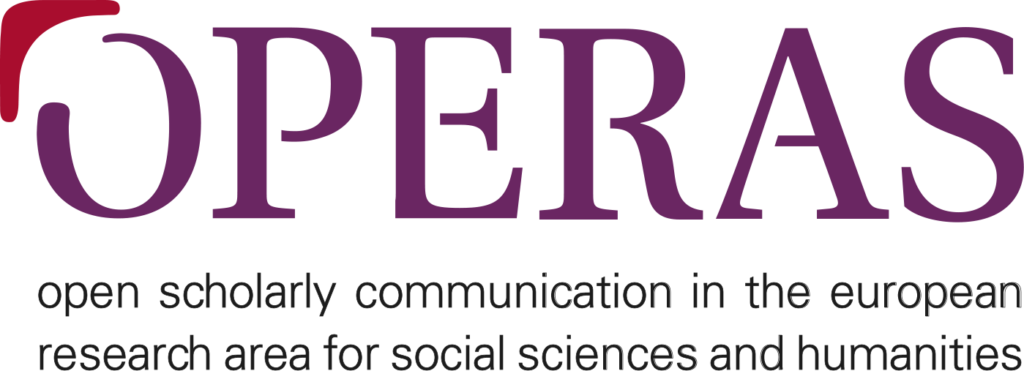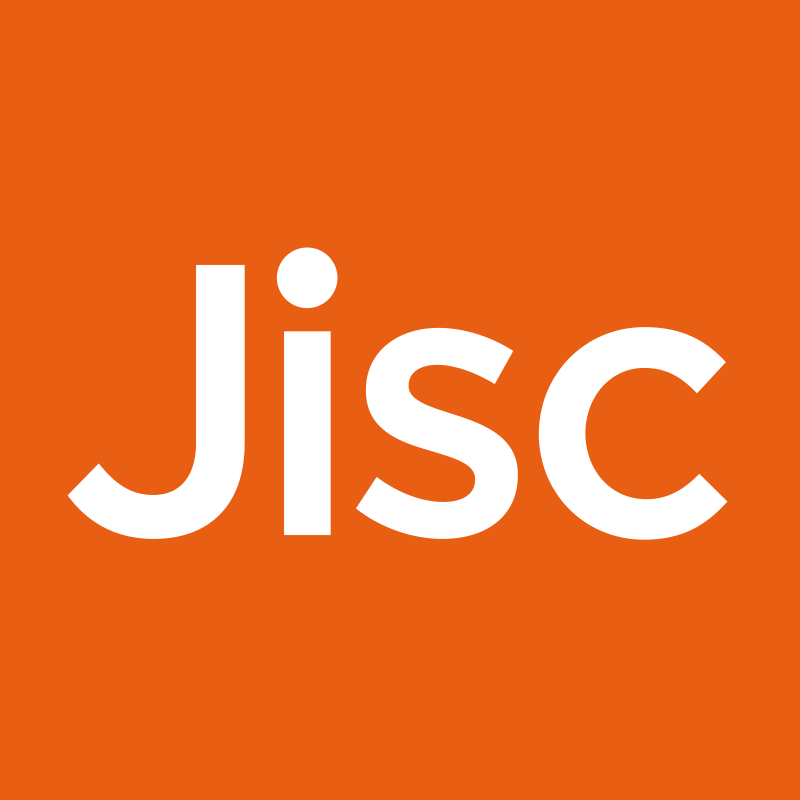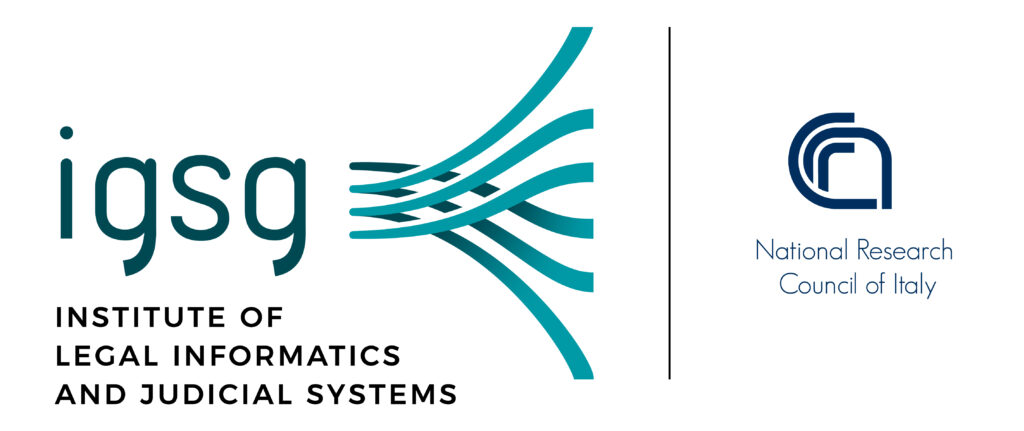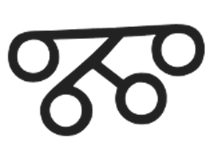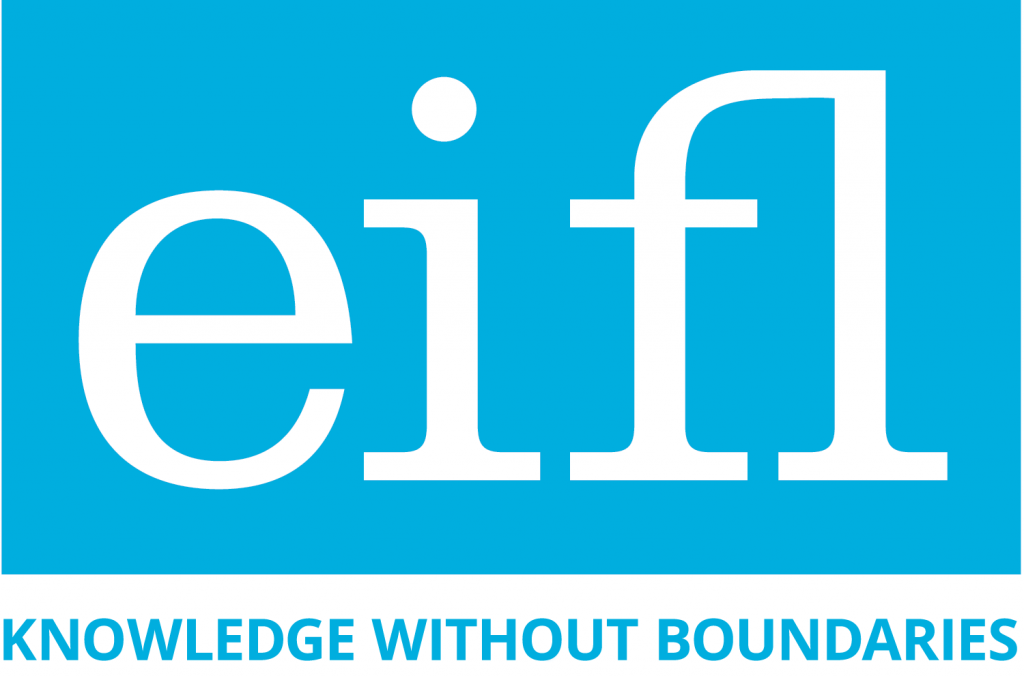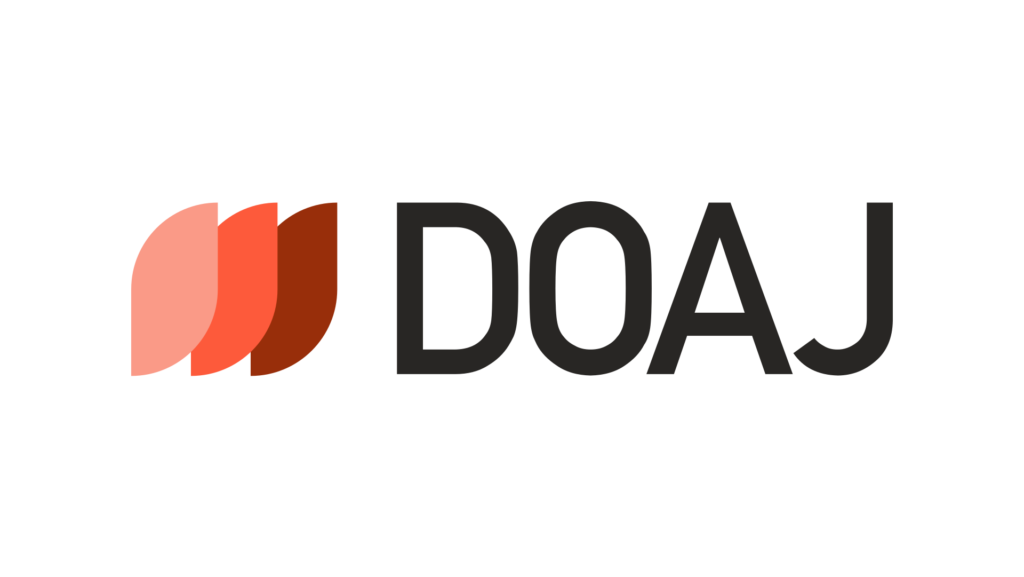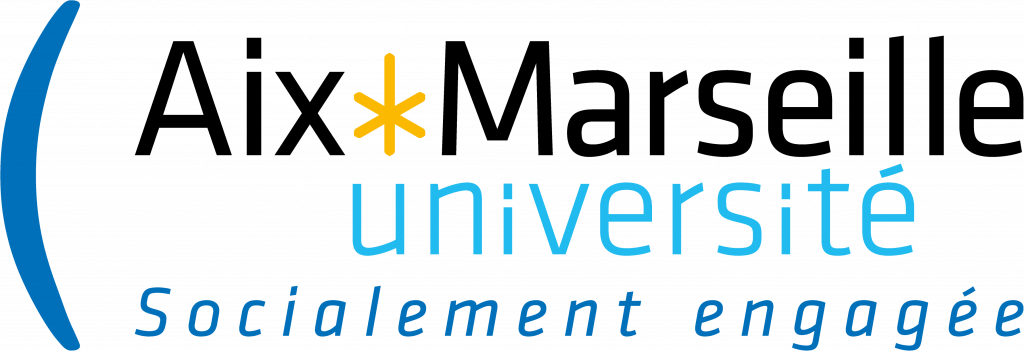In DIAMAS, we seek to help institutional Open Access (OA) publishers improve their practices and the quality of their outputs. We have developed the Diamond Open Access Standard, which is expected to ensure the quality and transparency of governance, processes and workflows in Diamond OA publishing.
If you are a Diamond Open Access publisher, the checklist below can help you align with DOAS and the best practices in Diamond OA publishing!
The checklist was originally part of the DIAMAS Best practices report, based on an analysis of the existing quality evaluation criteria, best practices, and assessment systems in publishing developed by international publishers associations, research funding organisations, international indexing databases, etc. The analysis has provided an initial input for the development of DOAS. DIAMAS has also developed the DOAS Self-Assessment Tool, offering a more nuanced self-assessment: https://diamas.fecyt.es/.
The checklist consists of questions and is divided into seven sections reflecting the seven core components of scholarly publishing outlined in the Diamond OA Action Plan, subsequently revised and modified by the DIAMAS project team. Each question is accompanied with a set of icons indicating the type of action you as a publisher should take if the answer is “no”.
Actions to take if the answer is “no”
Adopt/amend your policy/regulations/procedures document
Display the information on the publisher’s website
Display the information at the output (journal/book) level
Establish a documented procedure/workflow
Best Practices Checklist
Legal ownership, mission and governance
Click to expand/collapse
Is the publisher owned by a not-for-profit academic or scholarly organisation? Is there a document defining the ownership structure of your publishing operations and the published content? Is the information from this document publicly available on your website (e.g. as a document or a statement referring to the document)?
Is there a legal document on the institutional level that describes the publishing operations (e.g. a rulebook on publishing operations)? Is the information from this document publicly available on your website (e.g. as a document or a statement referring to the document)?
Is there a document on the institutional level that defines the structure and responsibilities of the bodies managing publishing operations (e.g. institutional publishing councils, advisory boards, editorial boards, editorial team, etc.)? Is the information from this document publicly available on your website (e.g. as a document or a statement referring to the document)?
Are the members of relevant scholarly communities involved in decision-making on the direction of the publishing service and the publishing operations (e.g. as members of editorial and advisory boards)?
Are the composition and constitution of the editorial bodies defined and publicly displayed (i.e. with the editorial team names, functions and roles; Editorial Board affiliations)? Are PIDs (such as ORCID) and/or links to institutional profiles provided to specify the identity and affiliation of the editorial bodies?
Are procedures for the selection of members of the managing and editorial bodies open and publicly available?
Is there a regular renewal of editorial bodies?
If you are an academic institution employing the editor, do you have an incentives and rewards policy to reward editorial work as an academic activity?
Do editors-in-chief have full authority over the entire editorial content of their journal and the timing of publication of that content? Is this editorial freedom included in any document governing publishing operations? Is this information publicly available on your website?
If you are entering co-publishing projects, are relations with co-publishers defined by a formal agreement. It is also clearly indicated that the publication is a co-publication on your website.
If you have commercial and non-commercial relationships with various service providers that are responsible for distinct technical and non-technical aspects of the workflow (e.g. as owners of infrastructure, copy-editing and typesetting services, etc.), are you clear about the workflow and the use of their services and relationships with them.
Is ownership of all correspondence and mailing lists (e.g. compiled on the online submission system) in the hands of a research organisation/university?
Do you regulate relations between authors and the publishing entity for the content (i.e. in the form of an agreement/contract and/or the licensing policy)? Who owns copyright on contributions (e.g. articles, books, etc.) ? Is there any transfer or granting of rights (e.g. publishing rights)? Are authors allowed to retain copyright without restriction? Is the information about copyright and licensing publicly available on the website?
Do you publicly display the General Terms and Conditions of the use of the infrastructure or the publishing platform (or the Terms of Use/Service)?
Do you have a data protection policy and a privacy policy in line with the General Data Protection Regulation (GDPR) or equivalent provisions of other data protection law? Is the compliance with the GDPR indicated on the publishing entity’s website, as well as on journal websites?
Do you have a written environmental policy? Is the information from this document publicly available on your website (e.g. as a document or a statement referring to the document)?
How easy is it to identify relevant contacts in the publishing entity? Is the publishing entity’s name clearly displayed on the website? Can one contact you by telephone, email, and post?
Funding
Click to expand/collapse
Do you have information on the website that no fees are charged to either authors to publish or readers to read, as well as if there are any other types of fees involved. you don’t charge APCs and/or BPCs? In case you are charging Voluntary Author Contributions (VAC), is this information publicly available on your website? Are the amounts and the structure of costs transparently stated?
Are you directly or indirectly funded by public funds or other revenue streams to enable free access to the author and reader, ideally covering all costs.
Do you have a clear OA policy that explains your OA business model and addresses the compliance with funder and institutional OA policies (if they exist)?
Do you indicate on the homepage your funding sources, in case you receive funds from outside the publishing institution?
Where relevant, do you have sponsor roles and responsibilities described, as well as relations between editors and the publisher, sponsoring societies, or journal owners?
Do you have formal, explicit, written policies for advertising in both print and online versions including the following: which types of advertisements will be considered; who makes decisions regarding accepting advertisements; whether they are linked to content or reader behaviour or are displayed at random; advertisements aren’t related in any way to editorial decision making and are kept separate from the published content?
Do you have a clear overview of available funding and in-kind resources for your activities?
Do you keep track of your resources and costs, including the role of volunteer work?
Do you have a sustainability plan? Do you deploy collaborative strategies and use common open infrastructures, to cut costs and raise efficiency?
Editorial management, editorial quality, and research integrity
Click to expand/collapse
Do you have written and publicly available editorial policies, including written job descriptions, specifically detailing components of editorial freedom, including the degree of control regarding editorial content, acceptance and publication, and advertising content; a mechanism to prevent inappropriate influence on the editor by others and to handle conflicts in an objective and transparent manner with the goal of conflict resolution and maintenance of trust?
Are editor roles and responsibilities (towards authors, reviewers, readers and the scientific community, journal owners/publishers, public) clearly described? Do editor roles include the selection of reviewers for the papers assigned to them, providing the authors with advice on how to improve their paper, and negotiating disagreements between authors and reviewers? Is this information publicly available?
Do you have established procedures to facilitate communication with the editorial bodies of each individual journal? These procedures aim to discuss political, ethical, commercial, or other incidents that might compromise the scientific credibility of the publication. They also facilitate the agreement on collaborative measures to ensure that such incidents do not influence the editor’s decisions. Is the correspondence between referees, authors and publishers subject to legal protection and is it kept confidential as needed?
Do editors monitor the turnaround time for every publishing stage from manuscript receipt to publication or rejection to ensure a reasonable response time to authors and reasonable publication time?
Do you display information about the mission (i.e. in a journal mission statement), aims and scope, as well as the languages in which manuscripts can be submitted, on the website?
Do you have a policy on publication ethics (for example,
COPE’s Core Practice guidance), addressing
authorship and contributorship, handling
complaints and appeals, handling
allegations of research misconduct,
conflicts of interest,
data sharing and reproducibility,
ethical oversight,
intellectual property,
post-publication discussions,
corrections and retractions? Do these policies address plagiarism, citation manipulation, and data falsification/fabrication, among others? Do you describe the standards or codes of ethics you use? Are these policies published on the publishing entity’s website?
Do you have research integrity control procedures (e.g. similarity check, checks for falsification and fabrication of data, image manipulation, etc)? Do you provide responsible reporting guidelines to authors to enable reproducibility of published works? Do you adhere to bibliographic standards adopted for citations and bibliographic references to other texts, research data, methods and computer software?
Do your institutional Research Integrity plans include journal publishing? Are there adequately trained research ethics committees who could provide support to journal editors and the publisher?
Do you provide publicly available clear and detailed author guidelines? These guidelines must contain information on: how to submit manuscripts; formats of accepted files; supplementary materials and accepted data files; style guidelines and manuscript writing requirements for the correct preparation of titles, abstracts, keywords, professional affiliation, and bibliographic references; the editorial process followed by submissions: criteria for acceptance or editorial flow, review process, proofreading, estimated time between each part of the process, review protocols, and selection and publication criteria.
Do you apply standard copy-editing and proofreading procedures in all publications?
Do you have a clear publicly available policy on generative AI tools, including chatbots and other writing assistance tools, respecting changes of the research process in a technology-enhanced environment?
More information: Zielinski, Chris, Margaret Winker, Rakesh Aggarwal, Lorraine Ferris, Markus Heinemann, Jose Florencio Jr. Lapeña, Sanjay Pai, Edsel Ing, and Leslie Citrome. 2023. ‘Chatbots, ChatGPT, and Scholarly Manuscripts: WAME Recommendations on ChatGPT and Chatbots in Relation to Scholarly Publications’. WAME. 31 May 2023.
https://wame.org/page3.php?id=106.
Do you provide authorship and/or contributorship guidance, respecting the norms of relevant research disciplines. Contributions for deserving authorship include not only the writing but also the activities related to the conceptualisation and execution of the research, collection and production of the research data/materials, analysis and interpretation. Do you apply the CRediT taxonomy? Do you display the full names and affiliations of each author/contributor? Do you have complete and unambiguous author information supported by the author’s persistent identifiers (ORCID)?
Do you have defined criteria for acceptance of manuscripts, preprints and other contributions?
Do you allow the deposit of the “Version of Record” or the “Publisher Version” in repositories?
Hint: This information is usually mentioned in the self-archiving policy. Open Access journals should allow this.
Do you have an archival, digital preservation policy and do you implement it? Is the published content deposited in a digital preservation service (e.g. LOCKSS, CLOCKSS, Portico)?
Do you regularly review and update your policies and guidelines?
Do you have a mechanism for regular and objective evaluation of editor performance by the publisher based on predetermined and agreed-upon measures of success?
Do you clearly define reviewer roles and responsibilities? Do you provide a review framework to reviewers and do you publish it on the journal website with the process outline and evaluation criteria?
Do you have a mechanism of preventing manuscripts from being reviewed by a closed circle of people who are well acquainted with each other or work in the same institution? Is there a formal recusal procedure to prevent editorial board members from reviewing their own submissions?
Do you practise one of the forms of anonymised peer review or open peer review (including the potential disclosure of the identity of reviewers, publicly available reviews, or the ability for a broader community to participate in the review process) by at least two reviewers? Do you publish review reports? Do you have any other form of evaluation of submissions by more than one person, and is this transparently specified on your website?
Do you have a workflow for reviewers’ recognition and awards? Do you publish the names of reviewers annually and/or do you have a publicly available list of reviewers (updated at least once a year)? Do you work with services for crediting reviewers (such as
Reviewer Credits)?
Do you display dates of submission and acceptance on published articles? Do you publish at least basic statistics annually on the journal/platform website, covering in particular the number of submissions, the number of reviews requested, the number of reviews received, the approval rate, and the average time between submission and publication?
Do you have a regular schedule of publication for all your journals, either issue by issue or via continuous publication?
Does the editorial team maintain the registry of submitted papers, the archive of author statements, reviewer guidelines, list of reviewers and the registry of peer-review reports?
Do reviewers and other contributors hold copyright of their reviews and contributions?
Do editorial bodies and institutions retain ownership of all correspondence and mailing lists compiled on the online submission system?
Do you have a policy in place to address complaints and appeals for rejected or withdrawn manuscripts?
Do you provide training for editors and reviewers and do you make training materials available?
Are authors, reviewers and editorial staff required to provide transparent declarations of conflict of interests, including the financial conflicts of interest (e.g. the Conflict of Interest statement in the manuscript in the case of authors)?
Do authors disclose all sources of funding (i.e., in the Funding acknowledgements/statements)?
Does the publisher have mechanisms for correcting, revising or retracting articles after publication? Do editors maintain the integrity of the literature by publishing errata or corrections identifying anything of significance, retractions, expressions of concern and new versions of the publication as quickly as possible? Does the publisher have mechanisms for correcting, revising or retracting articles after publication?
Do you allow debate post publication either on the journal site, through letters to the editor, or on an external moderated site, such as PubPeer?
Open science practices
Click to expand/collapse
Do you use CC-BY as the preferred open licence for journal articles, and other types of CC licences for book publications? Do you display licensing information?
How to: ‘Displaying Licensing Information – OA Journals Toolkit’. 2023. https://www.oajournals-toolkit.org/policies/displaying-licensing-information.
Do you have a data availability policy? Do you provide clear data sharing guidelines? Do you require authors to provide a data availability statement? Do you encourage authors to make data related to their submissions available in a repository already at the time of submission?
How to: ‘Open Data, Software and Code Guidelines’. Open Research Europe. Accessed 13 July 2023. https://open-research-europe.ec.europa.eu/for-authors/data-guidelines.
Do you encourage authors to share their manuscripts as preprints by depositing them and making them immediately available in open repositories, including preprint repositories, at all stages of the publication process? Do you encourage authors to share the details of their research in a public registry before conducting the study (as a preregistration report)?
More information: ‘Preprint Resource Center’. n.d. ASAPbio (blog). Accessed 13 July 2023. https://asapbio.org/preprint-info.
Science, Center for Open. n.d. ‘Preregistration’. Center for Open Science. Accessed 13 July 2023. https://www.cos.io/initiatives/prereg.
Do you accept manuscripts presenting and discussing negative scientific results (and those that do not meet the expected results)?
More information: ‘Non-Reporting of Negative Findings’. 2021. The Embassy of Good Science. 27 March 2021. https://embassy.science/wiki/Theme:24e87492-7020-4fc0-ab37-dd88bcf9f637.
Do you publish/make available the research protocols and methods? Making associated research protocols and methods available is a good open science practice that allows others to replicate and build on work published.
More information: ‘Protocols’. n.d. PLOS (blog). Accessed 13 July 2023. https://plos.org/protocols/.
‘Open Methods’. n.d. PLOS (blog). Accessed 13 July 2023. https://plos.org/open-science/open-methods/.
Do you encourage sharing of research software, e.g. through a source code repository?
More information: ‘Open Code’. n.d. PLOS (blog). Accessed 13 July 2023. https://plos.org/open-science/open-code/.
Are your bibliographic references openly available, structured, separable, freely accessible and reusable? Are you aligned with the Initiative for Open Citations (I4OC) and the Initiative for Open Abstracts (I4OA)?
Do you adhere to the TOP Guidelines of Promotion of Transparency and Openness? If you do, to which standard/s: Citation standards, Data transparency, Analytic methods (code) transparency, Research materials transparency, Design and analysis transparency, Study preregistration, Analysis plan pre-registration, and Replication? And to which level of increasing stringency – Disclosure, Requirement, or Verification?
More information: ‘TOP Guidelines’. 2015. Center for Open Science. 2015. https://www.cos.io/initiatives/top-guidelines.
Do you participate in or support research assessment reform?
Technical service efficiency
Click to expand/collapse
Does the publishing infrastructure you are using/providing support online publishing workflows?
Hint: Using journal management software packages such as
Open Journal Systems and
Janeway makes it easier for publishers to implement this recommendation because these features are supported by the software.
Is the publishing infrastructure you are using/providing based on open-source software?
Is the publishing infrastructure you are using/providing interoperable (using widely adopted metadata standards and protocols for harvesting (e.g. OAI-PMH); supporting HTML meta tags and massive metadata export for published outputs (as CSV files, ONIX XML feeds or in any other established format), providing MARC records to libraries, if relevant)? Is it regularly updated to conform to the current interoperability standards and open science principles? Do you make specific efforts to enhance your visibility in general and scholarly search engines (e.g. through HTML meta tags, XML sitemaps)?
Hint: Using journal management software packages such as
Open Journal Systems and
Janeway makes it easier for publishers to implement this recommendation because these features are supported by the software.
Is content migration enabled on the publishing infrastructure you are using/providing?
Hint: It should be possible to copy the entire content and migrate it to a different hosting site without additional costs and data loss. If the content is hosted by an external service provider, they should provide instructions, mechanisms and assistance to make content migration possible.
Is the publishing infrastructure you are using/providing supplied with basic functionalities (searching, browsing, navigation, formatted citations in multiple citation formats [styles], etc.) and a user friendly interface, in line with the needs of researchers, as the main audience? Is the user interface adjusted to low bandwidths?
Hint: Using journal management software packages such as
Open Journal Systems and
Janeway makes it easier for publishers to implement this recommendation because these features are supported by the software.
Are text and data mining (automatic downloading, extraction and indexing of the full texts and the associated metadata) supported on the publishing infrastructure you are using/providing and is this clearly stated in the relevant policy?
Are technical support and maintenance, protection from viruses and malware, backing up, etc. ensured for the publishing infrastructure you are using/providing? Is the published content regularly backed up?
Do you provide training on using the publishing platform to relevant stakeholders?
Does each journal/book and article/chapter have a unique landing page (URL) and relevant persistent identifier (ISSN, ISBN, DOI) and are persistent identifiers clearly indicated?
Is publishing and archiving in at least one digital file format suitable for long term preservation (e.g. PDF/A, XML JATS, etc.)?
Is a table of contents or a structure that allows direct access to articles/chapters provided?
Are the landing pages of the published items supplied with all relevant metadata (title, full names and institutional affiliations – including country/region – of all contributing authors, abstracts and keywords, funding information), provided in the original language and English / second language, and in human and machine readable formats?
Is the full-text content provided in multiple file formats (PDF, HTML, XML, ePub, etc.) tagged in the XML JATS format?
Do you provide a bibliographic letterhead in the full text of each article, on the title page, including the name of the journal/book, ISSN, eISSN (or ISBN) volume and issue, period covered by the issue indicating months and years?
Are persistent identifiers for authors and contributors (
ORCID), organisations (
ROR), etc. clearly indicated?
Do you use CRediT tags to indicate contributions of the authors and is this information machine-readable (
coded in JATS xml v1.2.)?
Do you provide complete and reliable machine-readable information on funding (including as a minimum the name of the funder and the grant number/identifier)?
Is the licence information available both on the landing page of the published output and in the full text of the article?
Do you regularly deposit complete metadata about publications in a registration agency (e.g. CrossRef)?
Do you have quality assurance mechanisms to ensure a high quality of figures and tables (high resolution, annotations, clarity)?
Are the links to data, code, and other research outputs that underlie the publication and are available in external repositories, provided?
Visibility, communication, marketing and impact
Click to expand/collapse
Do you have workflows to submit your publications for indexing in abstracting and indexing databases, citation indexes, discovery services and aggregator databases? Do you have a workflow to keep the information about inclusion in indexes and registries on your website(s) up-to-date?
Do you share your developments, policy changes, updates, new features and functionality through newsletters, blogs, social media, direct emails, mailing lists, content alerts, notifications, RSS/Atom feed or other mechanism?
Have you implemented impact statements and/or simple-language abstracts alongside published content that can be understood by a general audience and allow authors to emphasise the intention and importance of their work?
Do you have social media or social networking profiles that are active and regularly updated?
Do you actively work with the media on the popularisation of science (preparing press releases and information for journalists)?
Do you have an operational plan for marketing and dissemination?
Do you encourage authors to share content via academic sharing services (ScholarlyCommons, HumanitiesCommons, etc.)?
Do you inform libraries about new publications?
Do you actively work to support authors in promoting published content (e.g. by inviting post-publication reviews articles, inviting and moderating post-publication online comments, organising events like book promotions, sending out copies, writing press releases, working with the media)?
Are metric indicators supported on the publishing infrastructure you are using/providing and do you publicly display them in a responsible way? Metric indicators include the following :
- submission, acceptance, publication dates
- article-level usage metrics, such as visits, views, downloads
- publication-level usage metrics, such as visits, views, downloads
- article-level impact metrics, such as citation counts
- publication-level impact metrics
- altmetrics indicators
- widget showing the geographical spread of visitors.
Do you provide clear information about the analytics software used to generate usage metrics and methods used to collect them?
Equity, diversity, inclusion, and belonging (EDIB), multilingualism, and gender equity
Click to expand/collapse
Do you have a publicly available policy that sets principles, commitments and actions for promoting EDIB in terms of linguistic, gender, cultural, academic, geographical, institutional, economic backgrounds and disabilities within its governing and management bodies, its editorial staff and boards, as well as reviewer pools and authors’ pool. It includes a Gender Equity Plan (GEP).
Do you collect data/statistics to monitor the success and failure of the EDIB policy?
Do you have a clear insight into the composition of the community of authors, reviewers, editors and readers (according to their institutional affiliation, nationality and disciplinary orientation)? Do you strive for greater diversity?
Do you have gender policies regarding the composition of editorial staff and boards and policies that strive for gender balance among peer reviewers?
Do you guarantee that all your journals and books accept submission of manuscripts within their thematic scope and language from all potential authors and that decision-making concerning content acceptance is without regard to authors’ language, race, gender, age, sexual orientation, religious belief, ethnic origin, geographic location, or political philosophy?
Do you use bias-free language related to age, disability, gender, racial and ethnic identity, sexual orientation, and socioeconomic status in all its communications and public information?
Do you require all authors to inform whether the underlying research data of their publications are sensitive to age, disability status, sex, gender identity, racial and ethnic identity, sexual orientation, and /or socioeconomic status?
Do you have a policy on the use of multiple languages (including the use of English) in the published content and in the user interface? If the website or the publishing platform is available in multiple languages, the information provided must be the same in all languages?
Are your website and publishing infrastructure accessible under the terms of applicable international, national or local laws and policies (e.g. aligned with the W3C Web Content Accessibility Guidelines (WCAG)? Are the full-text formats aligned with these Guidelines?
Do you collect and make available data/statistics on the amount of feedback received relating to shortcomings in accessibility standards, as well as a record of improvements to the standards?
Do you provide information/contact person(s) if a reader/user likes to communicate e.g. accessibility problems?














